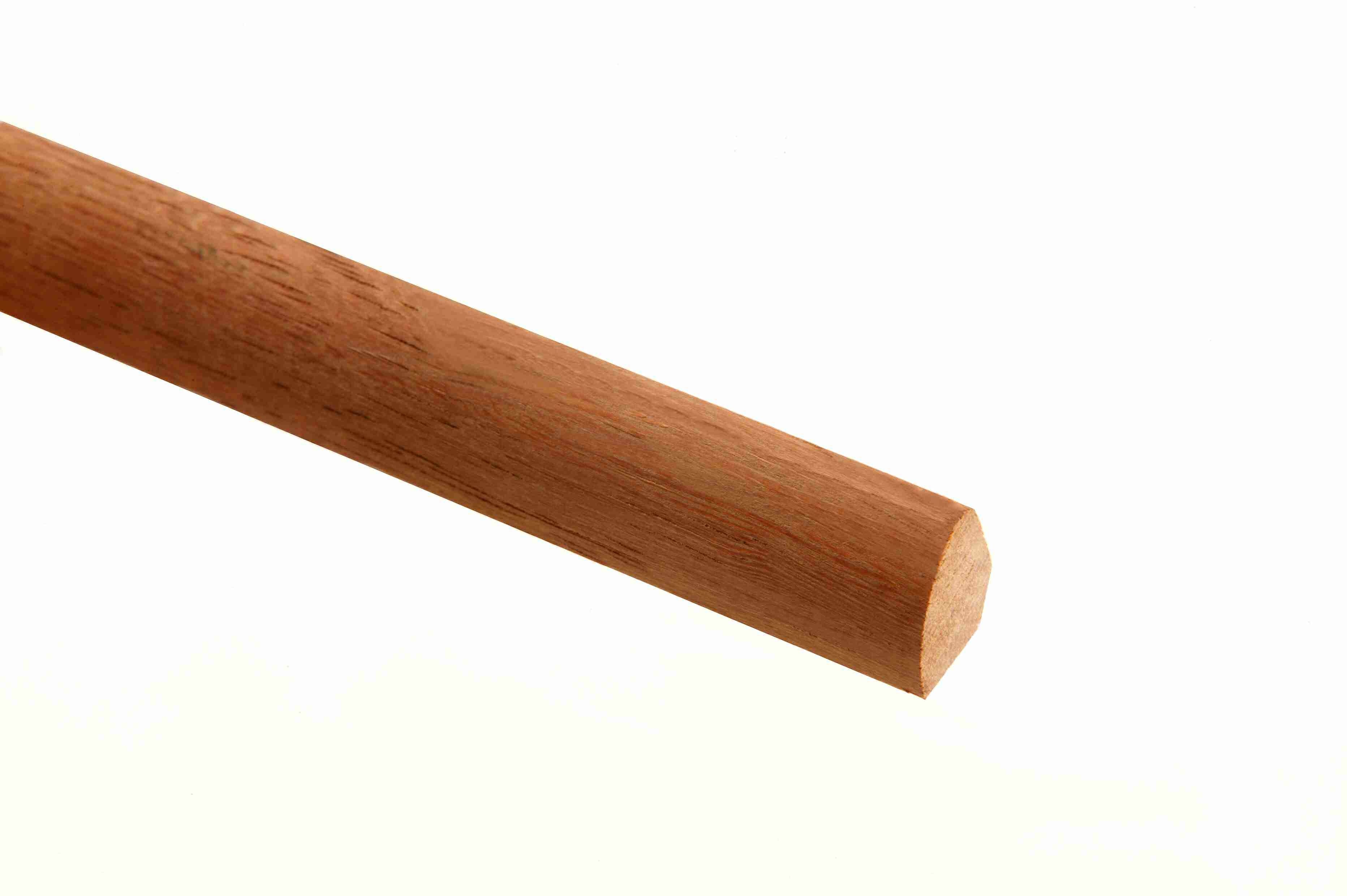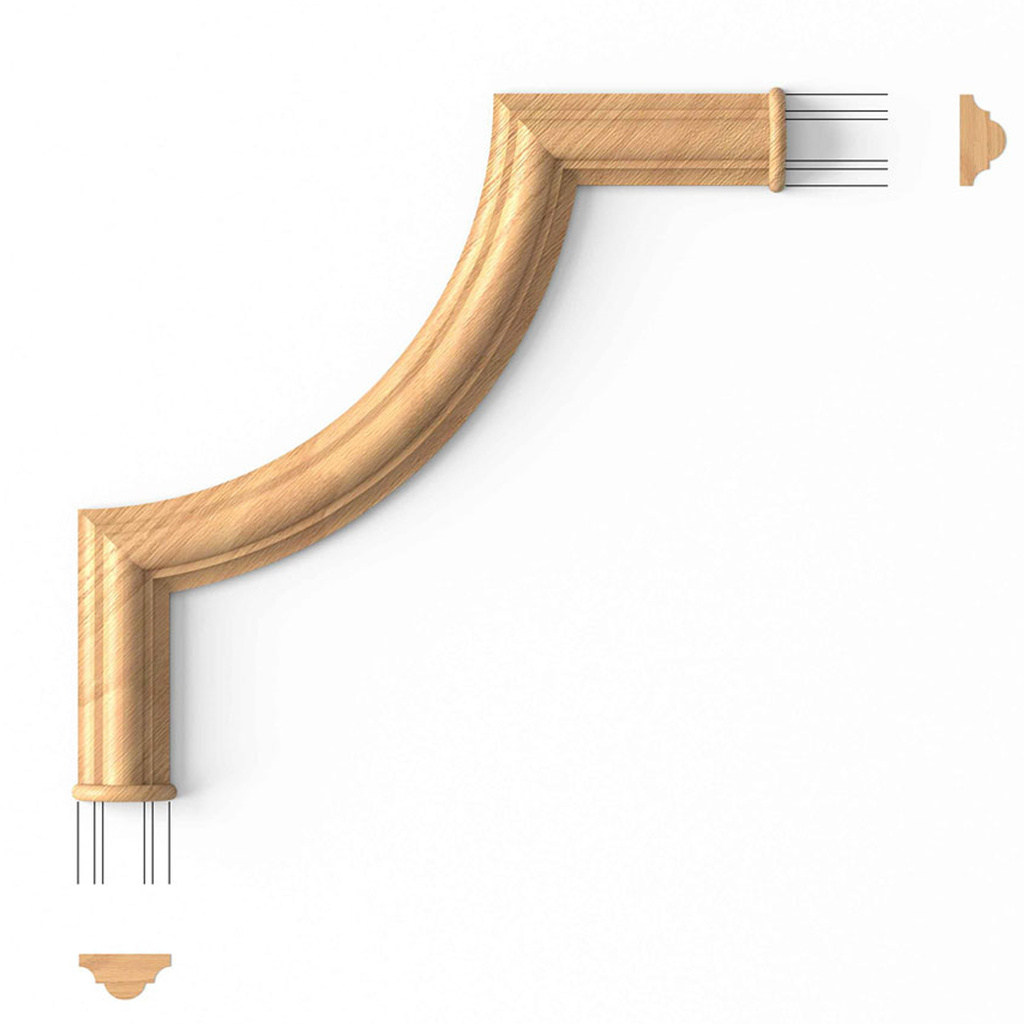Decorative wood corner trim adds a finishing touch to any room, providing character and style. Whether you’re renovating an old space or just looking to enhance your newly decorated room, wood corner trim can bring warmth and elegance to your home. Drawing from personal experience in both DIY projects and professional renovations, I’m excited to share insights, tips, and inspiration on this often-overlooked aspect of home decor. Let’s dive in!
What is Decorative Wood Corner Trim?
Decorative wood corner trim, often referred to as corner moulding or corner boards, is a vital element in interior design. It’s used to cover the seams between two surfaces, such as walls and ceilings, or to frame doors and windows. While functional, it also serves as an aesthetic feature that can enhance the overall look of a room.
Types of Decorative Wood Corner Trim
There are various types of decorative wood corner trim, each serving different styles and functions. Here are some popular options:
- Crown Moulding: Adds elegance where walls meet the ceiling.
- Baseboard Moulding: Covers the joint between the wall and the floor.
- Chair Rail: Positioned horizontally along walls to protect from chairs and add design flair.
- Casing: Frames windows and doors, providing a polished look.
Choosing the Right Wood for Corner Trim
The type of wood you choose for your corner trim can significantly affect the overall aesthetic of your space. Common choices include:

| Wood Type | Characteristics | Best For |
|---|---|---|
| Pine | Affordable, easy to work with | Budget-friendly projects |
| Oak | Durable, classic appearance | Traditional homes |
| Maple | Smooth finish, resistant to nicks | High-traffic areas |
| Mahogany | Rich color, luxurious feel | Formal settings |
The Benefits of Decorative Wood Corner Trim
1. Aesthetic Appeal
Wood corner trim instantly upgrades the look of any space. It can make your ceilings appear higher, add dimension to flat walls, and tie together different design elements within a room.
2. Protection for Your Walls
Beyond aesthetics, corner trim protects your walls from everyday wear and tear. It prevents damage from furniture, vacuum cleaners, and even pets, making it a practical addition to your home.
3. Increased Property Value
Well-installed decorative wood corner trim can increase your home’s value. Prospective buyers often appreciate the attention to detail, making it a smart investment.

Personal Experience: The Impact of Trim Work
During a recent home renovation, we installed crown moulding in our living room. The transformation was immediate! The ceilings felt higher, and the room had a more polished look. It turned a simple space into a cozy, inviting area perfect for family gatherings.
Installation Tips for Decorative Wood Corner Trim
Installing decorative wood corner trim yourself can save you money while allowing you to customize your design. Here are some tips to ensure a successful installation:

Tools You’ll Need
- Measuring tape
- Miter saw
- Level
- Nail gun or hammer
- Wood glue
- Caulk
Step-by-Step Installation Guide
- Measure Carefully: Accurately measure the lengths of trim needed for each corner.
- Cut Mitered Corners: Use a miter saw to create 45-degree cuts for a seamless corner fit.
- Test Fit: Before securing, fit the trim in place to ensure it fits correctly.
- Secure the Trim: Use wood glue and finish nails to attach the trim to the wall.
- Fill Gaps: Use caulk to fill in any gaps for a polished look, then paint or stain as desired.

Common Challenges and Solutions
- Gap Between Trim and Wall: Use caulk to fill small gaps to make the trim look seamless.
- Uneven Walls: Consider using thicker trim to compensate for uneven surfaces.
- Misalignment: Double-check measurements continuously to avoid cutting errors.
Finishing Touches: Painting and Staining
Once installed, the next step is to finish your corner trim. Here are some options to consider:

Painting vs. Staining
| Finishing Method | Advantages | Disadvantages |
|---|---|---|
| Painting | Wide range of colors, hides imperfections | Requires frequent touch-ups |
| Staining | Enhances natural wood grain, durable | Limited color options |
Styles of Decorative Wood Corner Trim
Traditional Styles
Traditional decorative trims often feature intricate designs and classic profiles. Popular choices include:
- Fluted casing
- Egg and dart patterns
- Colonial styles

Modern Styles
For a contemporary look, consider cleaner lines and minimalistic styles. Popular trends include:
- Flat casing
- Simple baseboards
- Integrated trims for a seamless look
Eclectic and Custom Styles
Add personality with custom or eclectic trim styles. Combine different shapes and materials for a unique look!
Pros and Cons of Decorative Wood Corner Trim
Pros
- Enhances aesthetics
- Protects walls
- Increases property value
- Variety of design options
Cons
- Can be labor-intensive to install
- Requires maintenance over time
- Cost varies significantly by material and style
Frequently Asked Questions (FAQs)
What are the best woods for decorative corner trim?
Pine, oak, maple, and mahogany are popular choices, each offering unique aesthetic and functional benefits.
Can I install decorative corner trim myself?
Yes, with the right tools and a careful approach, DIY installation is feasible and rewarding!
How do I choose the right style of corner trim for my home?
Consider the existing decor, your home’s architectural style, and personal taste when selecting corner trim.
What is the price range for decorative wood corner trim?
Prices vary widely depending on the type of wood and design; you can find options ranging from $1 to $10 per linear foot.
Conclusion
Decorative wood corner trim is more than just a finishing touch; it adds character, protection, and value to your space. With various styles, woods, and installation methods, you can customize your home exactly to your liking. Armed with personal insights and tips, I hope you’ll feel empowered to elevate your decor with this essential element. Happy decorating!